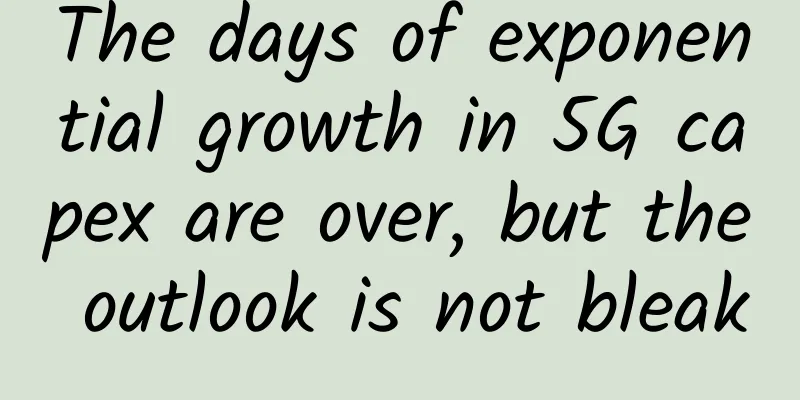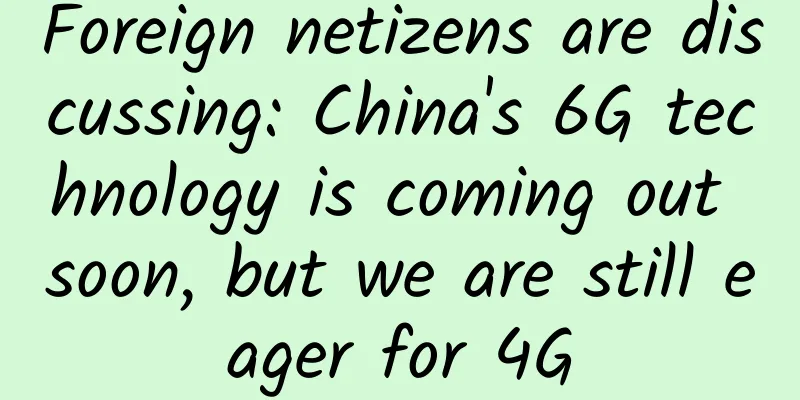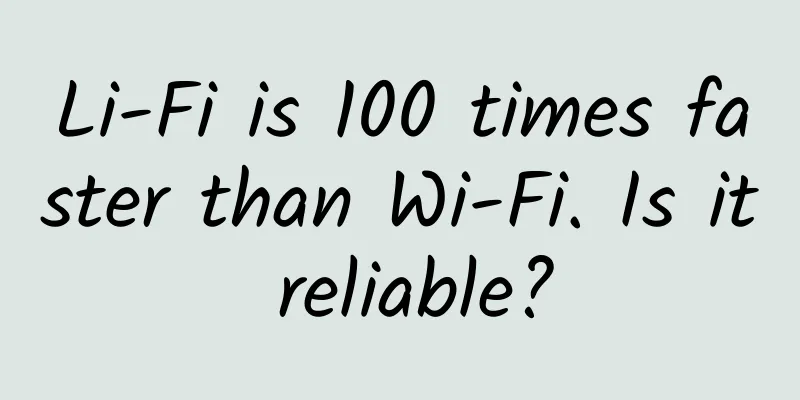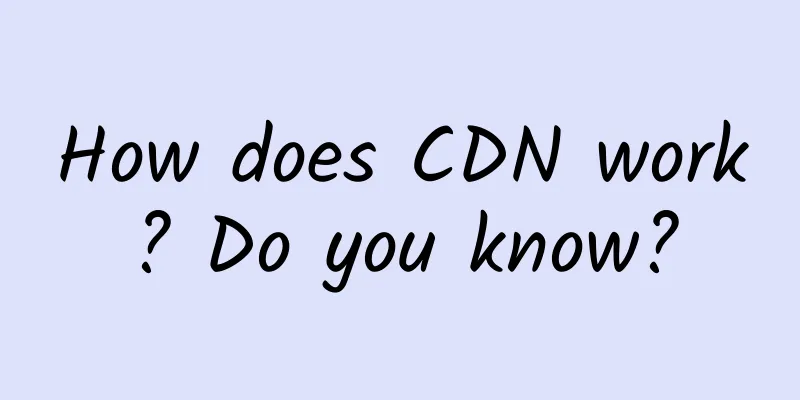The days of exponential growth in 5G capex are over, but the outlook is not bleak

|
Stefan Pongratz, vice president and analyst at market research firm Dell'Oro Group, recently published a commentary on the progress of the 5G cycle. He pointed out that with the RAN market experiencing its first quarterly year-on-year decline in more than two years and 5G RAN growth slowing in the second quarter of 2022, it is very important to understand where we are in the 5G cycle in order to better assess future growth prospects. The following is the full text of Stefan Pongratz's commentary:The growth of 5G enhanced mobile broadband (eMBB) has been surprising from a coverage and consumer adoption perspective, as 5G NR is two to three years ahead of LTE. However, although 5G currently accounts for the largest share of RAN capital expenditure, from a global coverage perspective, the development of 5G technology, which covers about 25% of the world's population (Ericsson data), is still in its early stages. The cumulative 5G NR shipments from 2019 to 2021 are also around 25% relative to the expected 2026 5G NR macro base station installed base. In addition, beyond the initial coverage, more investment is needed to support all frequency bands, including sub-1GHz, 2GHz, 2.5-6GHz, 6-7GHz and millimeter wave. So far, operators have mostly focused on the upper part of the mid-band. The advantages of the other four bands are still significant, which extends the life of the 5G investment cycle. In addition to MBB, Fixed Wireless Access (FWA) use cases are also developing at a healthy pace, contributing to the development of 5G. 5G FWA is currently in the early adoption stage, with about one-third of the more than 200 commercial 5G networks providing 5G FWA services (GSA data). As the ratio between mobile network and dedicated FWA capital expenditures evolves to address the inherent capacity limitations of mobile networks, the 5G FWA business case is expected to be gradually challenged, but there is still a lot of room for development. It is expected that by 2026, 5G FWA users will account for nearly 6% of global broadband connections, up from less than 1% in 2021 (Ericsson, Dell'Oro data). The FWA RAN market will roughly double in the next five years. Not surprisingly, at this point, 5G private networks and NR IoT contribute little to broader 5G RAN revenues. While there are significant 5G RAN opportunities for both public and private NR IoT, the market is still in its early stages. It will take some time for them to move beyond the hype and take a larger share of the RAN market (LTE+5G private small cell market revenue is expected to reach $800 million to $1 billion by 2026). In summary, we are not overly concerned about the recent slowdown in growth. 5G is still in its second phase, and we have repeatedly stressed that the 5G cycle will be longer than previous technology cycles. On this point, our view has not changed. In other words, the days of exponential growth in 5G capex are over, however, the potential growth rate of 5G RAN MBB, FWA and IoT markets over the next five years will reach 50%, which should be cause for celebration. |
<<: How these three benefits of SDN can help small businesses
>>: WonderShaper: Network card speed limit tool
Recommend
Forecast of 5G development trends in 2021
When searching for hot words in 2020, it can be s...
This year we have seen the rapid and joint development of artificial intelligence and 5G
For the first time, RedMonk replaced Java in the ...
During the COVID-19 pandemic, F5 ensures safe and stable remote work for Lancashire hospitals in the UK
Lancashire Teaching Hospitals NHS Foundation Trus...
2017 Huawei Cloud Industry Summit Forum: Building an "Urban Industry Cloud" Alliance to Boost the Leapfrog Development of Cities
[51CTO Suzhou Report] On June 9, 2017, the 2017 H...
spinservers: San Jose 10Gbps bandwidth server starts at $109/month, Dallas 10Gbps server starts at $89/month
spinservers is a site under Majestic Hosting Solu...
Slow internet speed, lagging video conferences, these are the pain points of Wi-Fi for small and micro businesses. How to solve them?
Currently, online video conferencing has become a...
The three kings of wireless communications, who can manage tens of billions of IoT devices?
According to the "2018-2023 China Internet o...
Analysis of the operating data of the three major operators in August: 5G users have entered a golden growth period
Recently, the three major operators released thei...
BuyVM Las Vegas VPS simple test
BuyVM has been shared many times in the blog. It ...
Suyun: Guangzhou Mobile 1G bandwidth VPS monthly payment 188 yuan, Hong Kong 500M-1G large bandwidth VDS monthly payment from 495 yuan
Suyun Technology is Shenzhen Lesuyun Network Tech...
Huawei Connect 2017 previews: Emphasis on cloud implementation and practice
[51CTO.com original article] As a global ICT indu...
SpartanHost Seattle E5 KVM restock, $8/month-2GB/30G NVMe/3TB/10G bandwidth/20G high defense
SpartanHost has restocked the DDoS Protected SSD ...
How edge computing, edge networking, and edge data management work together
Edge computing, edge networking, and edge data ma...
What will the communications network look like in 2030?
[[426987]] This article is reprinted from the WeC...
DMIT: Hong Kong CN2 GIA/US CN2 GIA line large bandwidth VPS quarterly payment starting from US$28.8
DMIT.io is a foreign hosting company established ...









